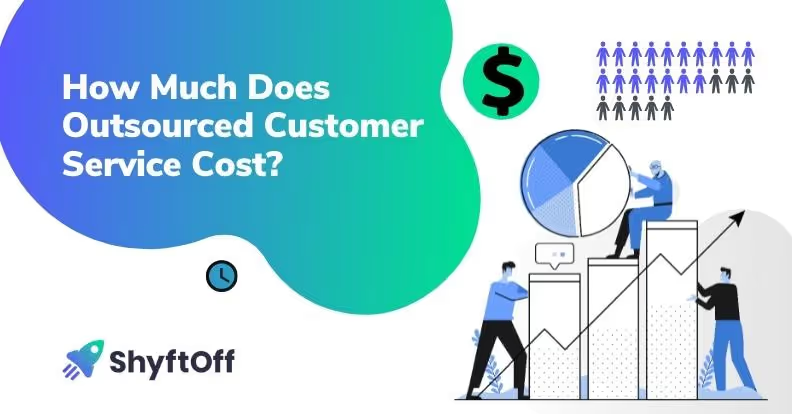High performance is directly correlated to how your contact center operates. The best contact centers continuously focus on operational efficiency to increase agent satisfaction and excellent service. As a contact center leader, it’s important to navigate the complex landscape of technology, customer expectations, workforce management, and cost to achieve these goals. In this blog post, we will focus on a few contact center optimization strategies that can help boost high performance.
Start with a Technology Audit
Conducting a technology audit in a contact center is a critical step towards understanding how existing technologies impact cost and efficiency, and, subsequently, identifying opportunities to improve performance. The process begins with gathering comprehensive data on all current technology platforms and tools in use, including communication channels (e.g., phone systems, email, chat, social media), workforce management software, customer relationship management (CRM) systems, and any automation or artificial intelligence tools.
This inventory serves as the baseline for evaluating the effectiveness and integration of these technologies. The audit should assess each tool's:
- Usage
- Costs (including licensing, maintenance, and training)
- Impact on key performance indicators such as call resolution times, customer satisfaction scores, and
- How it supports agent productivity.
It's crucial to involve IT, operations, and customer service stakeholders in this review to ensure a holistic understanding of technology use and its effectiveness.
Following the inventory and initial assessment, the next step is to identify redundancies, gaps, and areas for improvement. This involves analyzing whether the current technology stack is fully utilized, if there are overlapping tools that can be consolidated for cost savings, or if emerging technologies could enhance efficiency and customer experience. Furthermore, the audit should consider the scalability and flexibility of technologies to support future growth. The outcome of this comprehensive technology audit should be a strategic roadmap that outlines prioritized recommendations for technology enhancements, retirements, or integrations, all aimed at driving better cost-efficiency and improved contact center performance.
Plug In Automation
As automation solutions evolve, contact centers can optimize their operations to improve agent productivity and customer satisfaction in cost-effective ways. While some of these automation solutions aren’t novel, it is an opportunity for contact center leaders to review these tools and ensure they are providing the most value to their customers and agents. Automation technologies, such as chatbots, Interactive Voice Response (IVR) systems, and Robotic Process Automation (RPA), can handle routine inquiries and tasks, reducing human agents' workload.
Contact centers should also look to automation to streamline back-office operations, including ticketing, customer data updates, and after-call work, ensuring that these processes are completed more quickly and accurately. By automating these tasks, contact centers can achieve a higher throughput of inquiries without the need to proportionally increase staff levels, thus keeping operational costs low.
Moreover, automation solutions can significantly improve agent performance and job satisfaction. For instance, AI-driven tools can offer real-time assistance to agents by suggesting responses, providing relevant customer information, and guiding them through complex processes, thereby enhancing their efficiency and confidence. Implementing such technologies can also lead to a more engaging work environment by reducing the monotony of handling repetitive inquiries, which can decrease turnover rates.
The data collected from automated interactions can be analyzed to identify trends, anticipate customer needs, and tailor training programs to address specific skill gaps in the agent workforce. As a result, contact centers that strategically deploy automation achieve cost savings and efficiency gains and foster a more skilled, motivated, and effective team of customer service professionals.
Improve Workforce Management
Contact center leaders can significantly enhance workforce management, performance, and cost efficiency by incorporating workforce management tools or leveraging a flexible operation model powered by gig agents. Automated workforce management tools use advanced algorithms and machine learning to forecast call volumes, predict staffing needs, and create optimized schedules that align with customer demand patterns. The goal of implementing these solutions is to enable contact centers to make real-time adjustments to staffing levels, ensuring that the contact center is neither understaffed, which could lead to longer wait times and decreased customer satisfaction, nor overstaffed, which unnecessarily elevates operational costs.
Additionally, automation in workforce management can facilitate more flexible scheduling and remote work opportunities, especially those powered by gig agents, thereby increasing employee satisfaction and retention. This strategic approach to staffing not only improves operational efficiency but also ensures that resources are allocated in a manner that maximizes customer service quality and minimizes costs.
Outsourcing partners like ShyftOff offer contact centers access to a flexible workforce that can be scaled up or down based on real-time demand. This is particularly beneficial for handling peak periods, seasonal fluctuations, or unexpected surges in contact volumes without needing permanent staff increases. Using such partners, contact centers can maintain high levels of service and responsiveness without incurring the fixed costs of hiring additional full-time employees. Furthermore, these partners often bring specialized expertise and advanced technologies to the table, enhancing the overall customer experience.
By combining the strengths of automated workforce management solutions and the scalability offered by outsourcing partners, contact center leaders can achieve a more agile, efficient, and cost-effective operation. This balanced approach ensures that staffing levels are always optimized to meet demand, driving performance improvements and cost savings.
For more insights on how GigCX is designed for complex work, you might be interested in the following resources from our blog:
- Optimizing The Contact Center Customer Journey
- How to Optimize Contact Center Training for Performance
- Hacking Your Contact Center Management Strategy
Interested in augmenting your contact center operations with GigCX?
Contact our team to get started.
.avif)

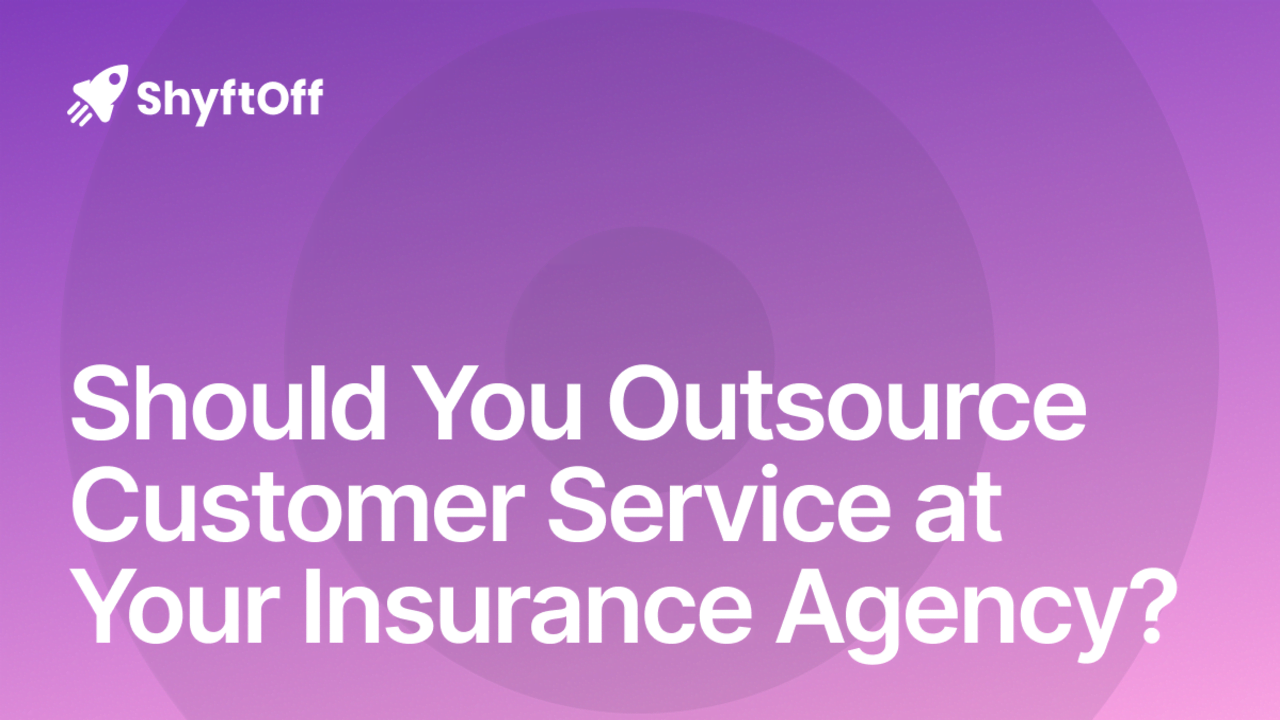
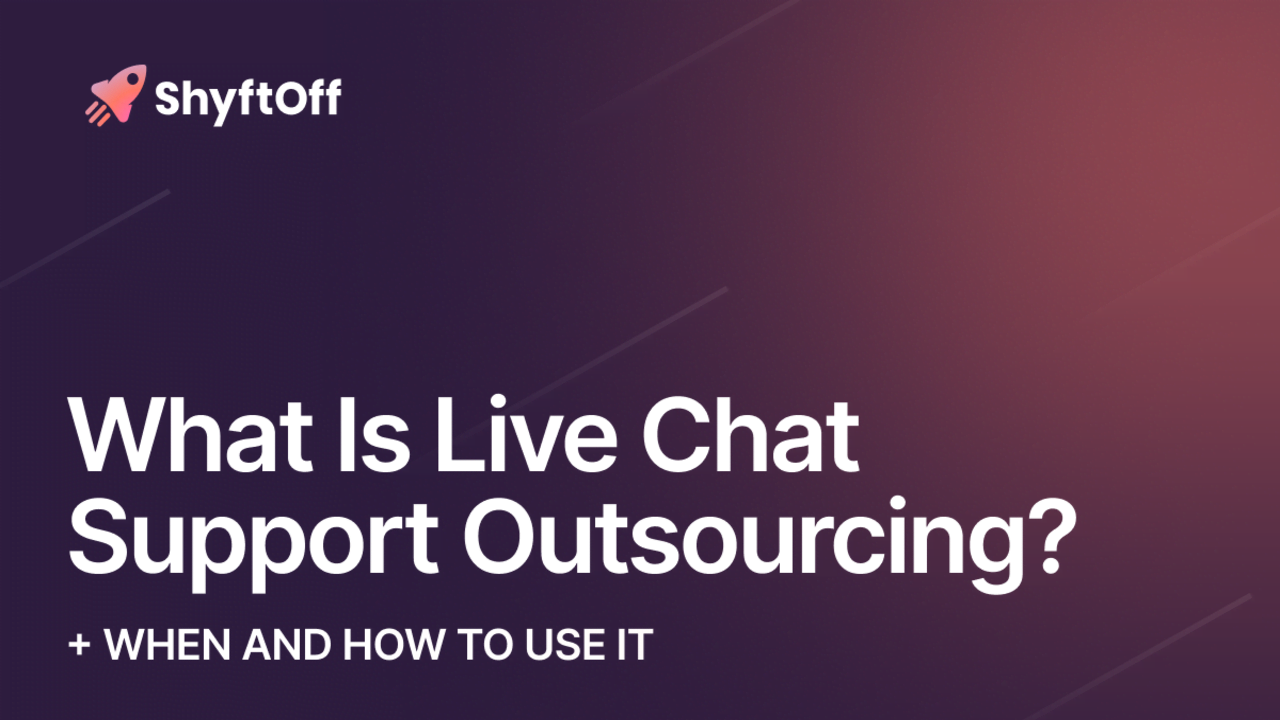
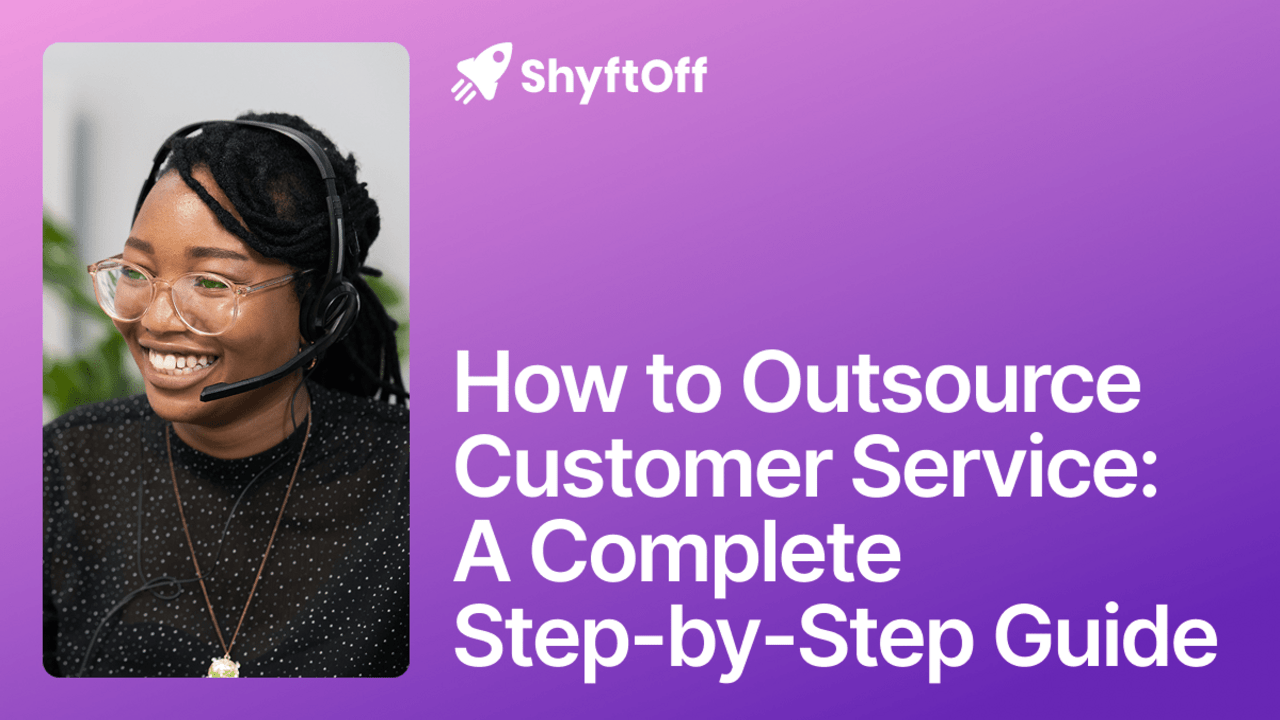

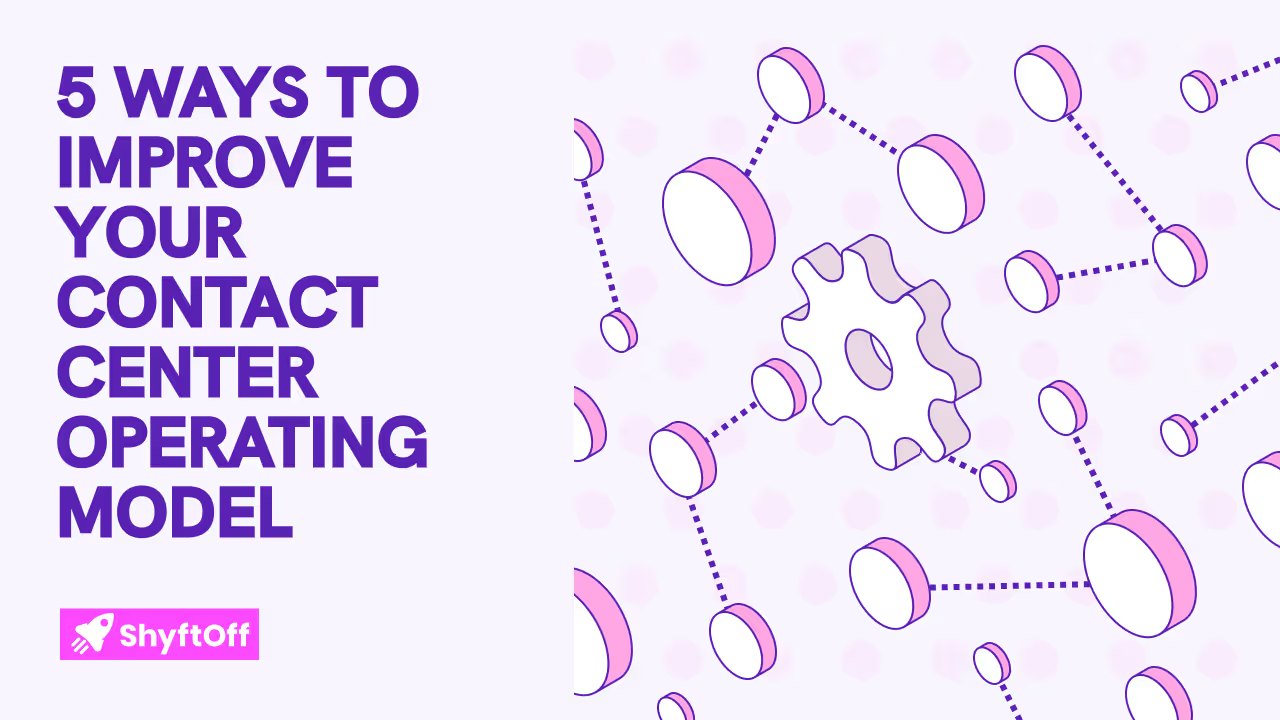
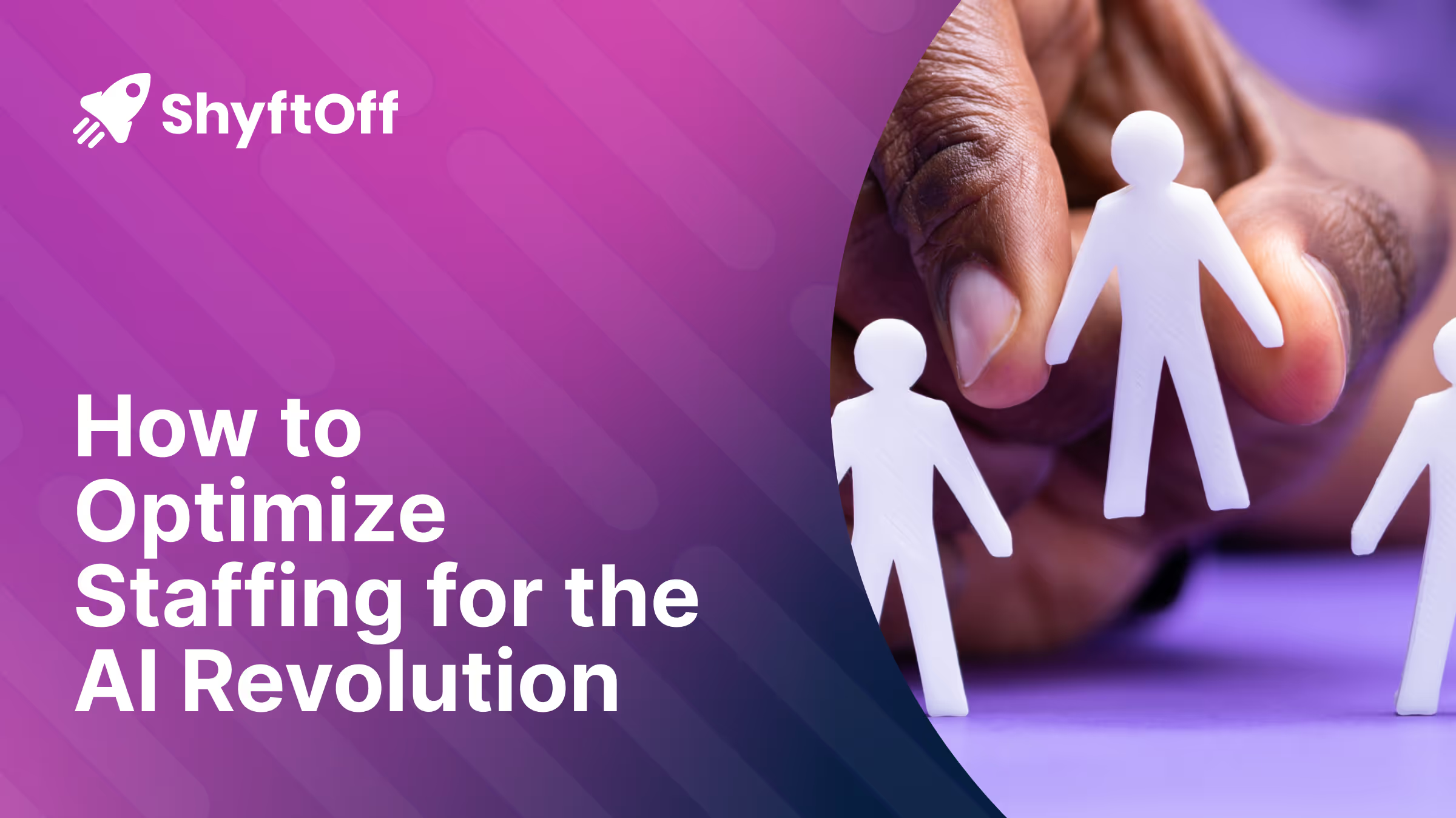
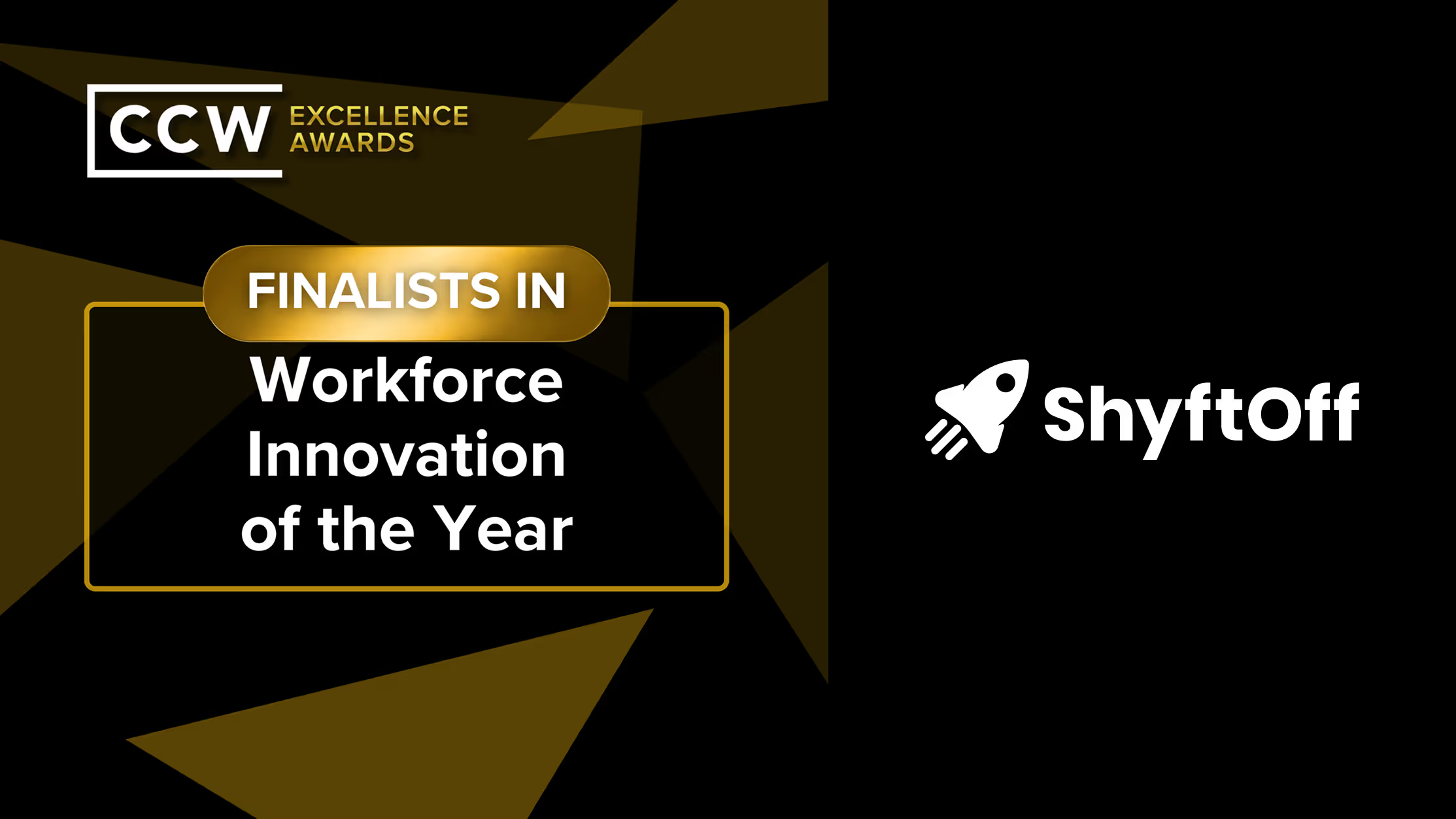


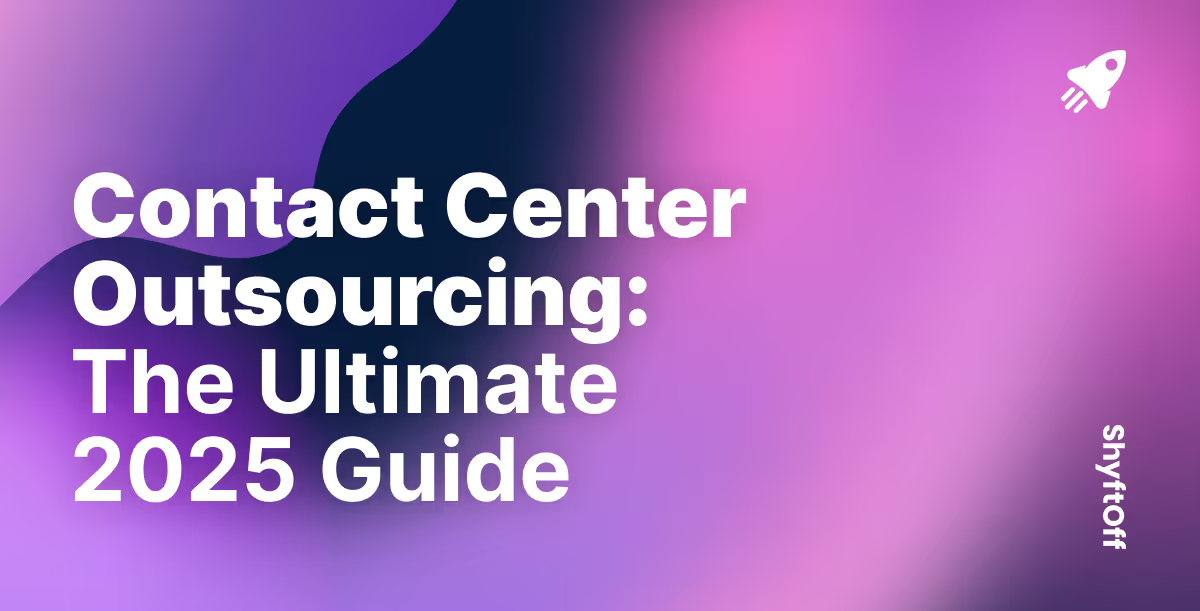
%2520(1)%2520(1).avif)
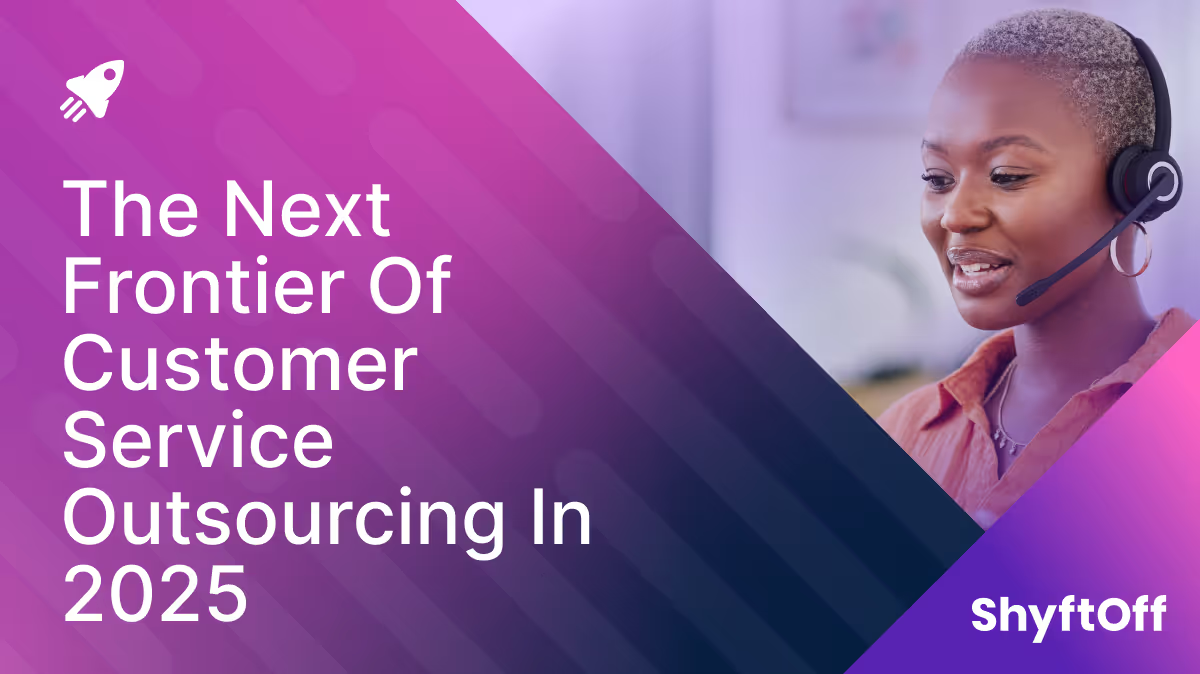
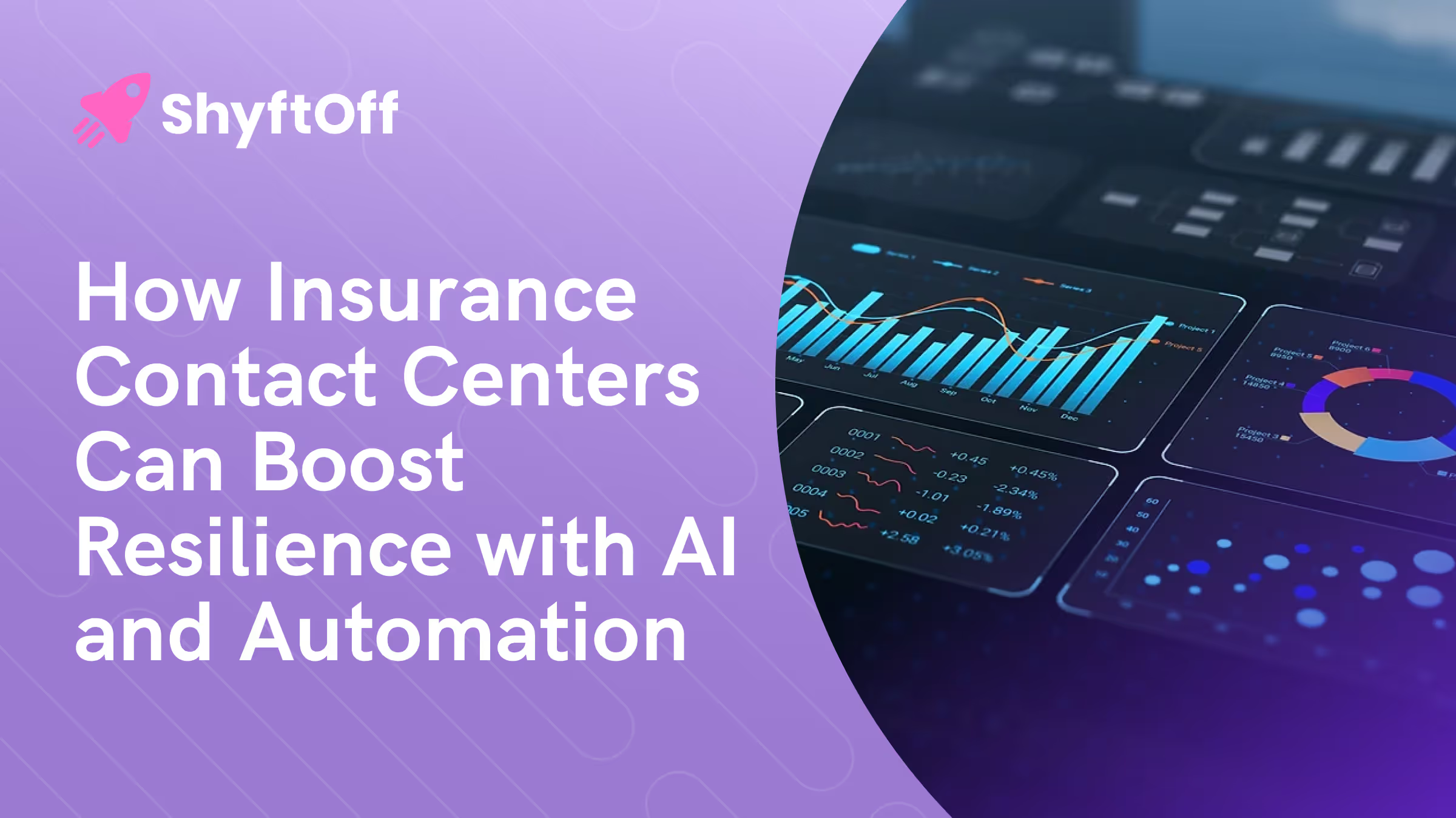


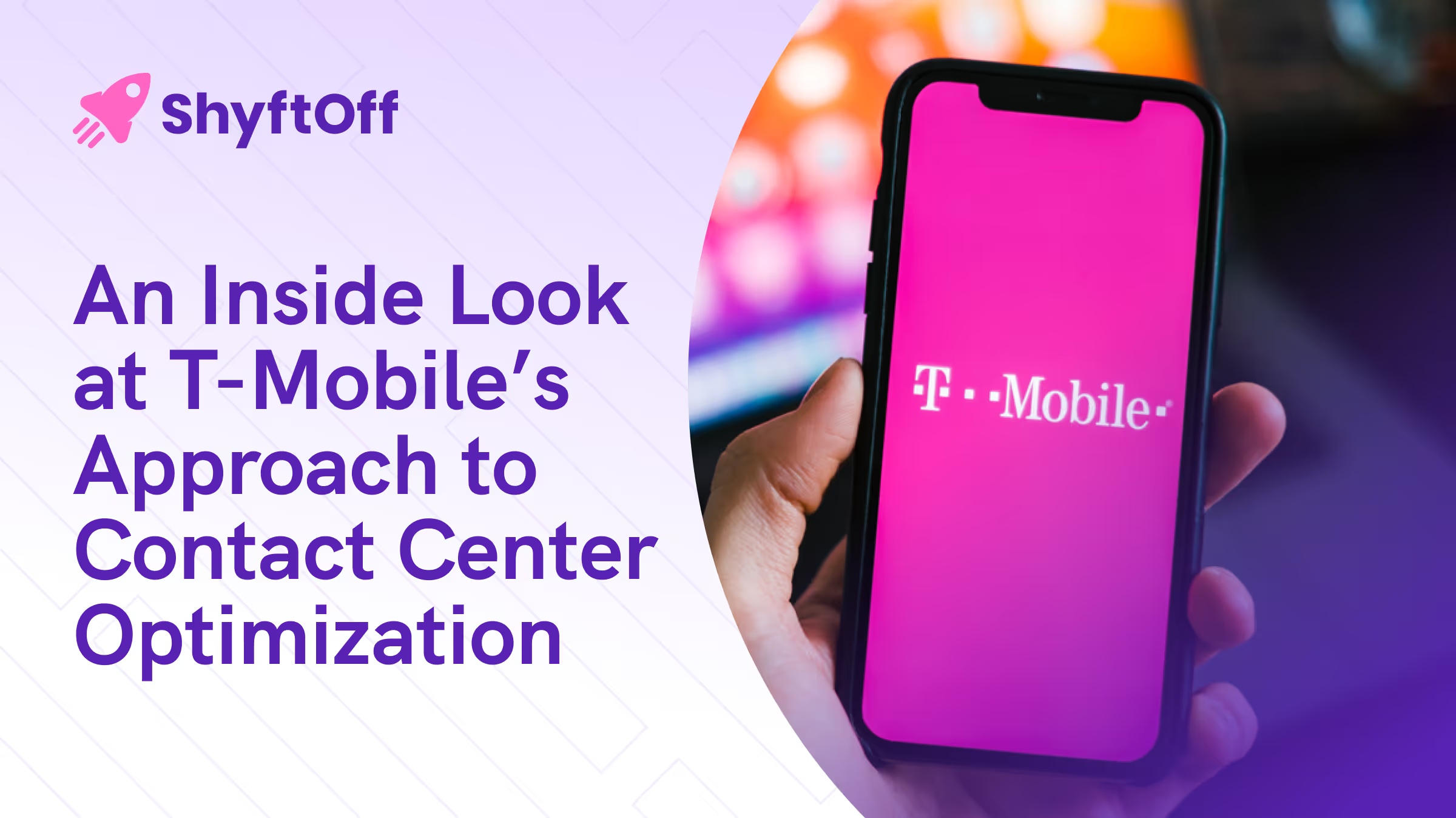
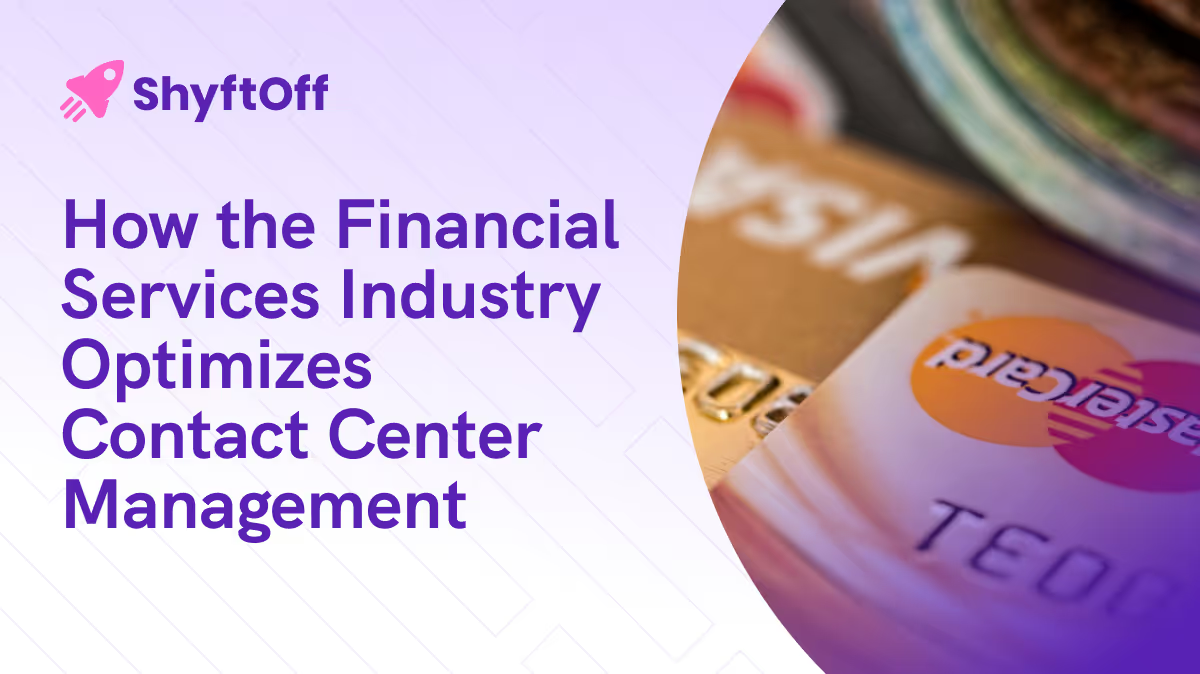
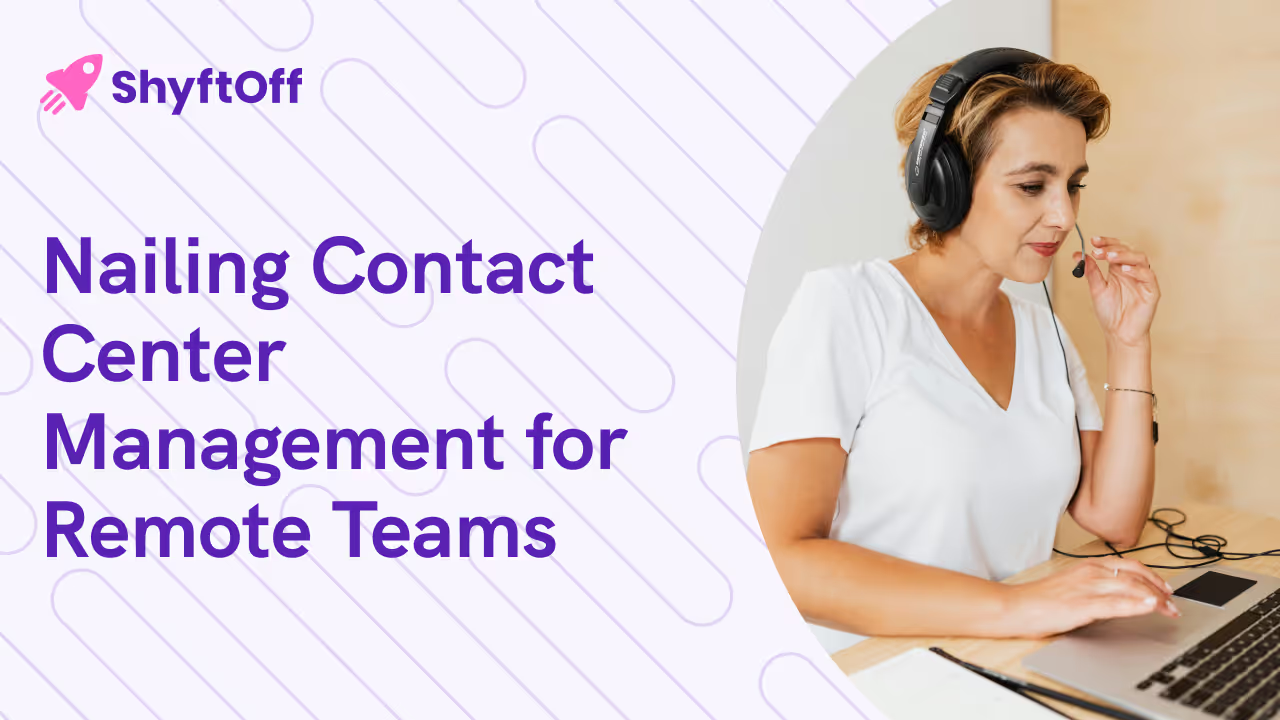

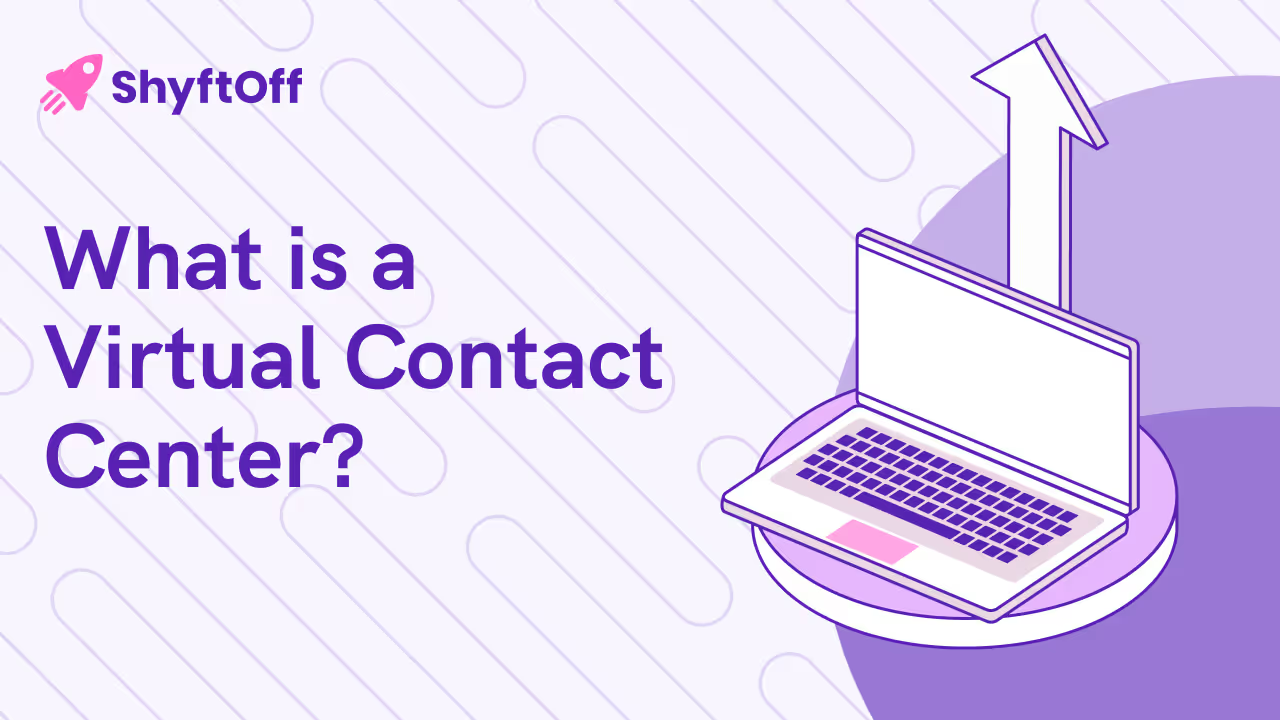
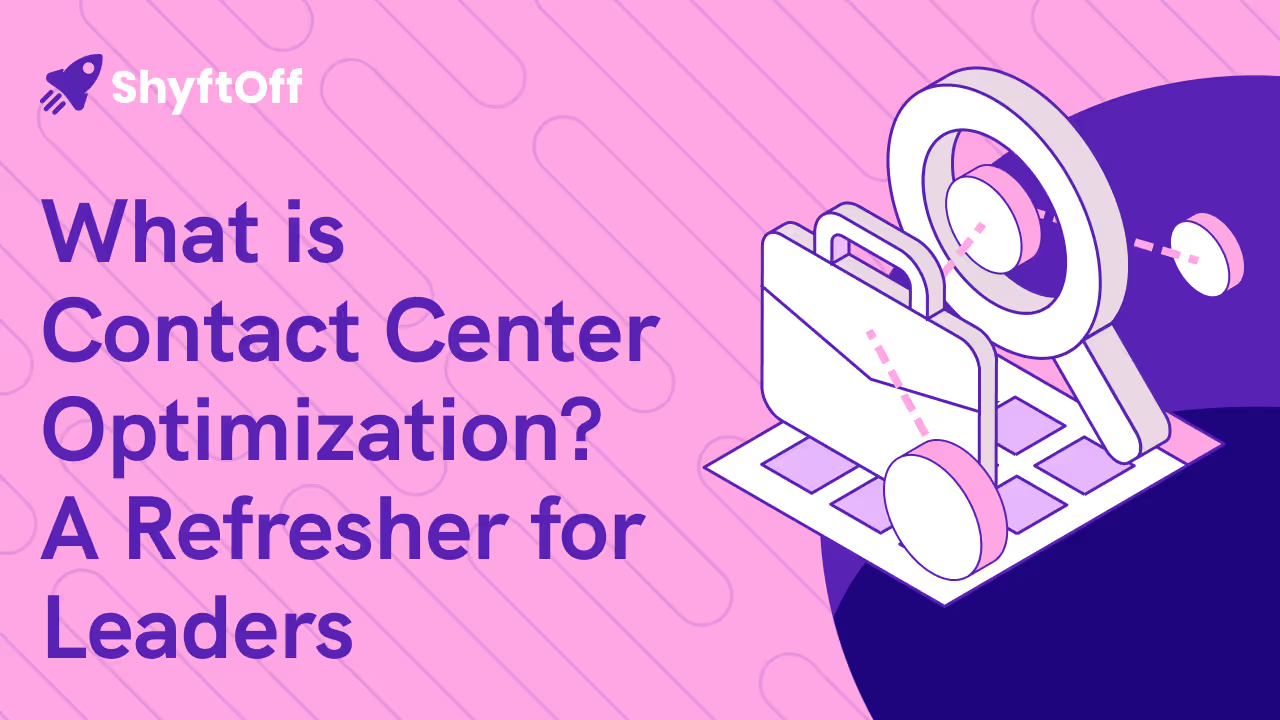
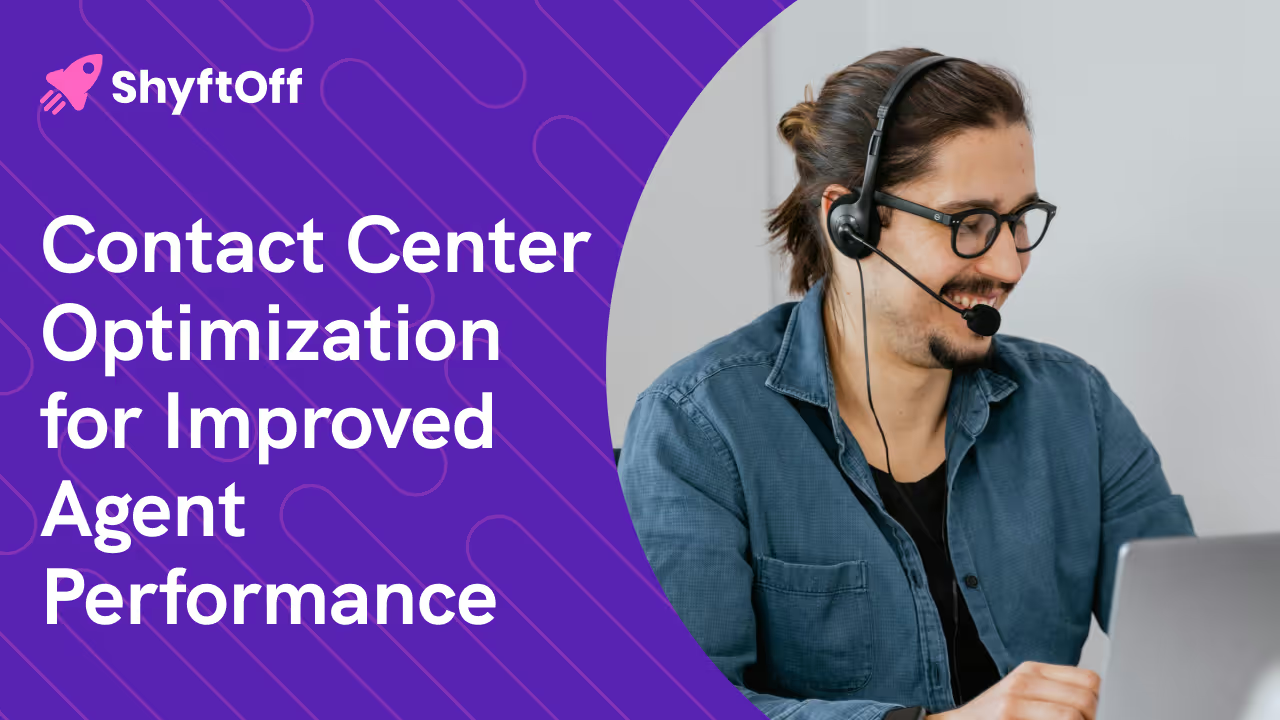
.avif)
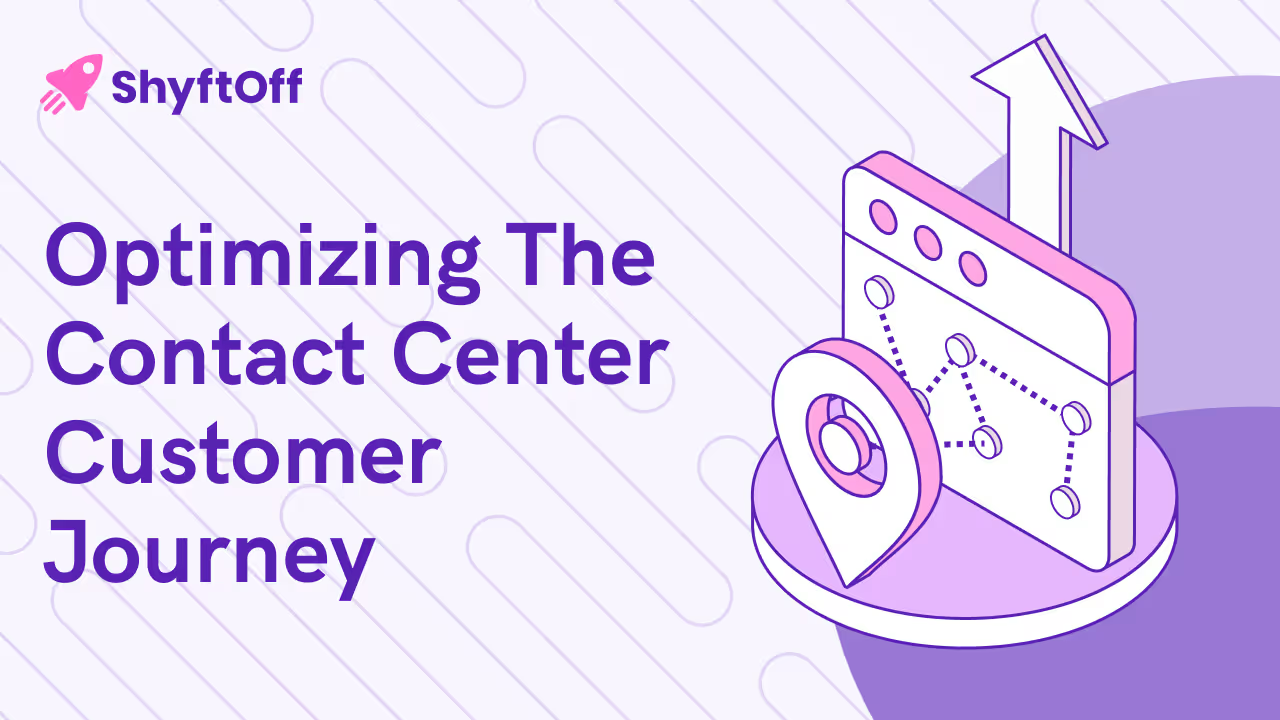
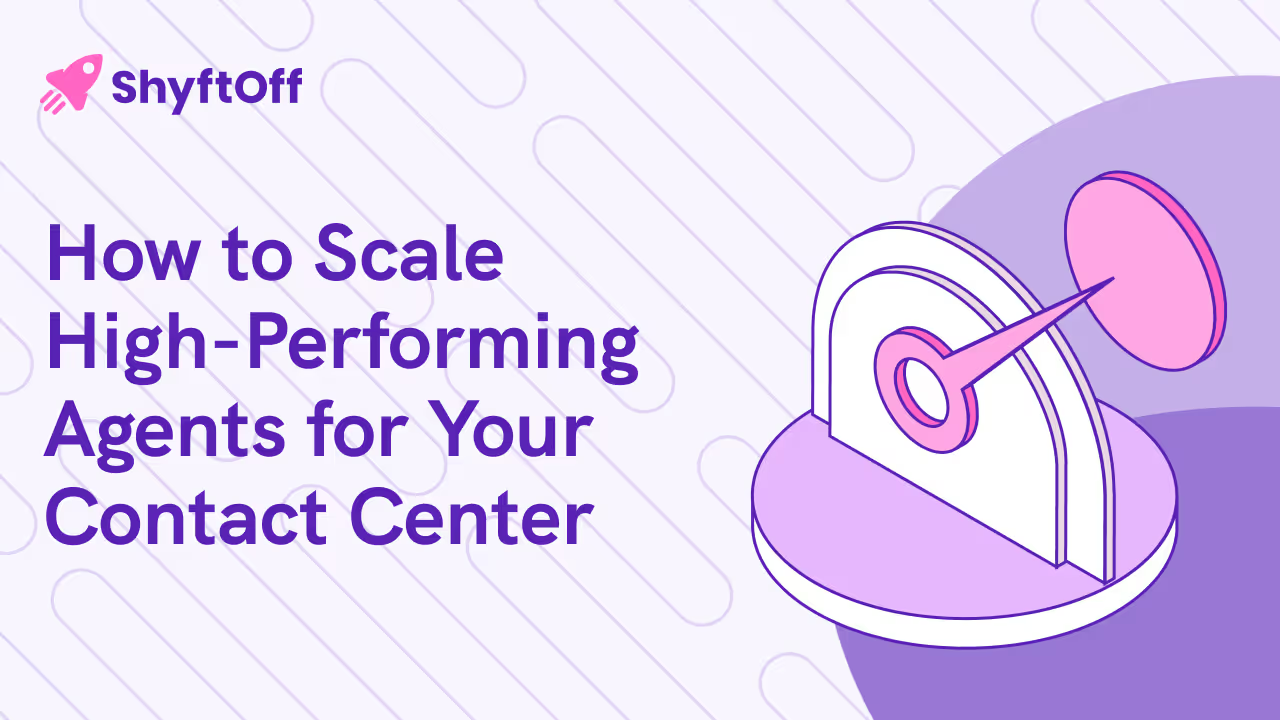
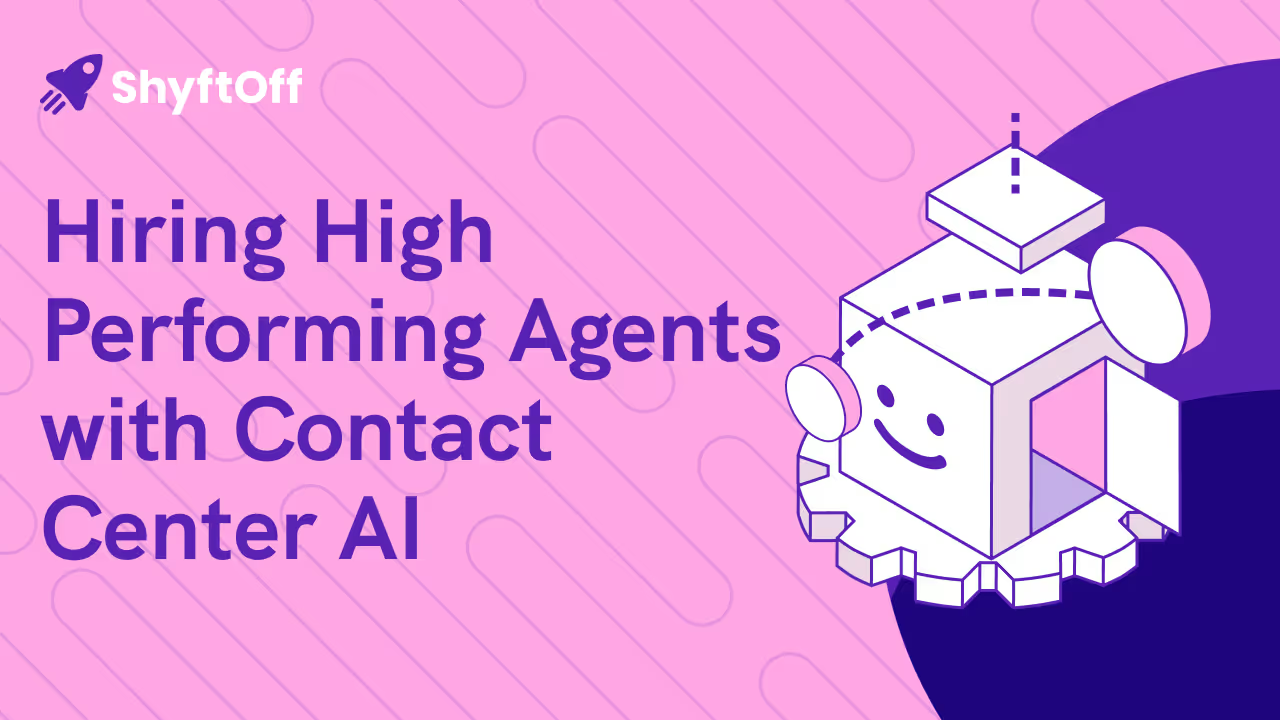
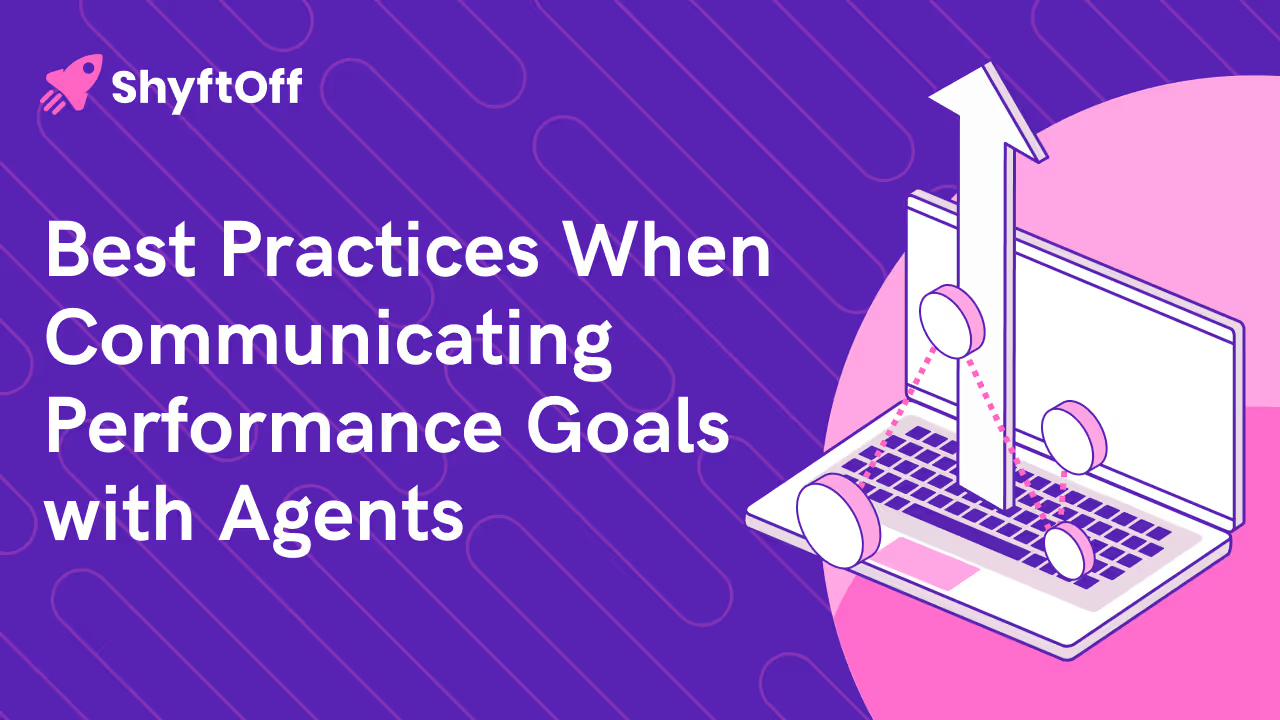
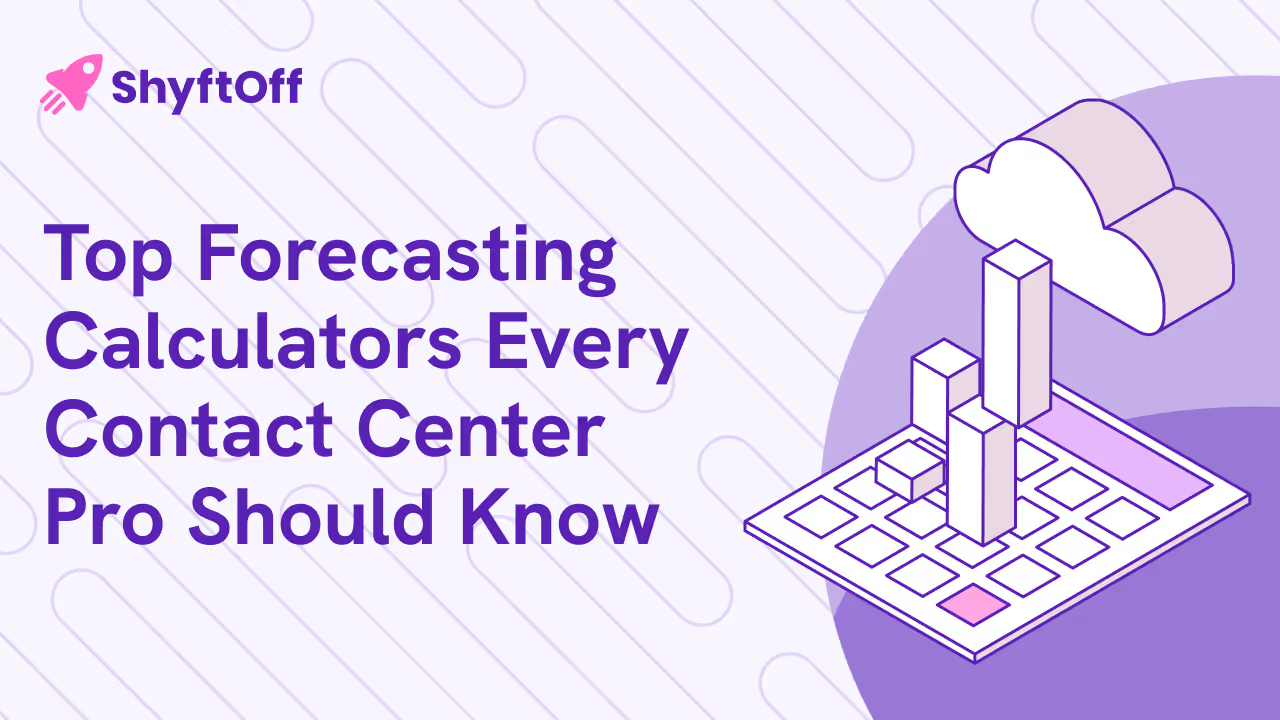
.avif)

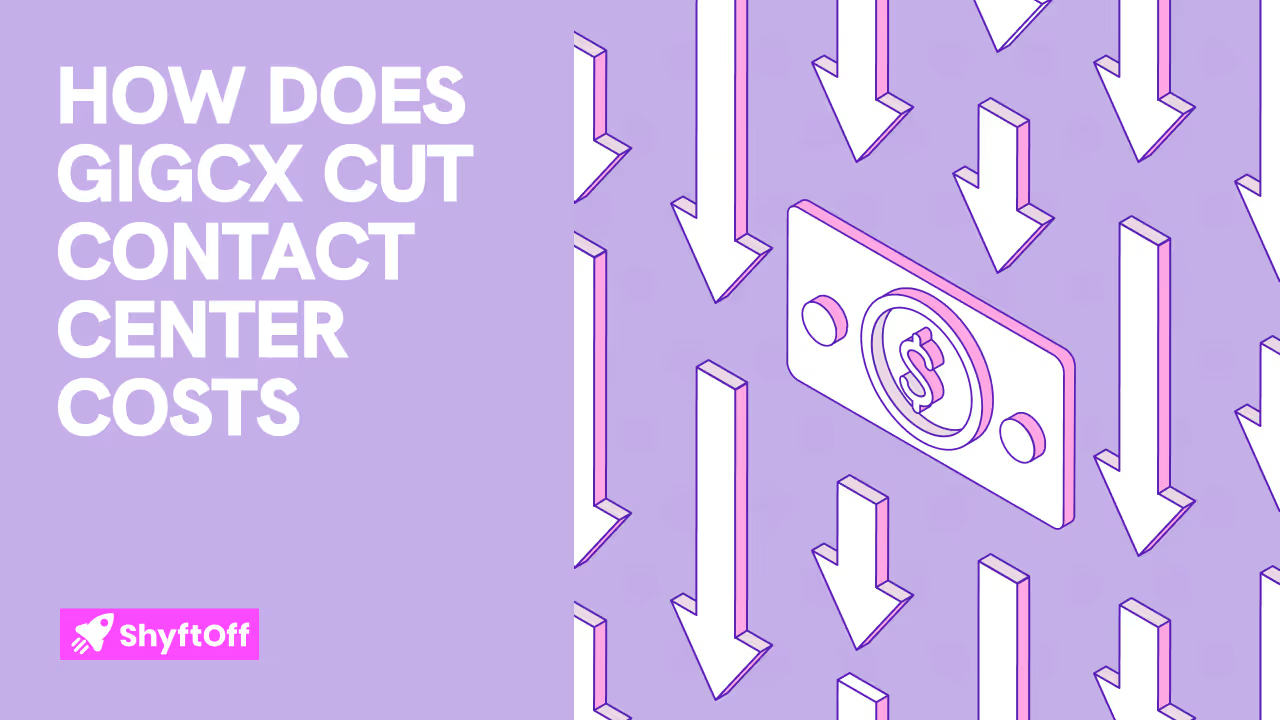
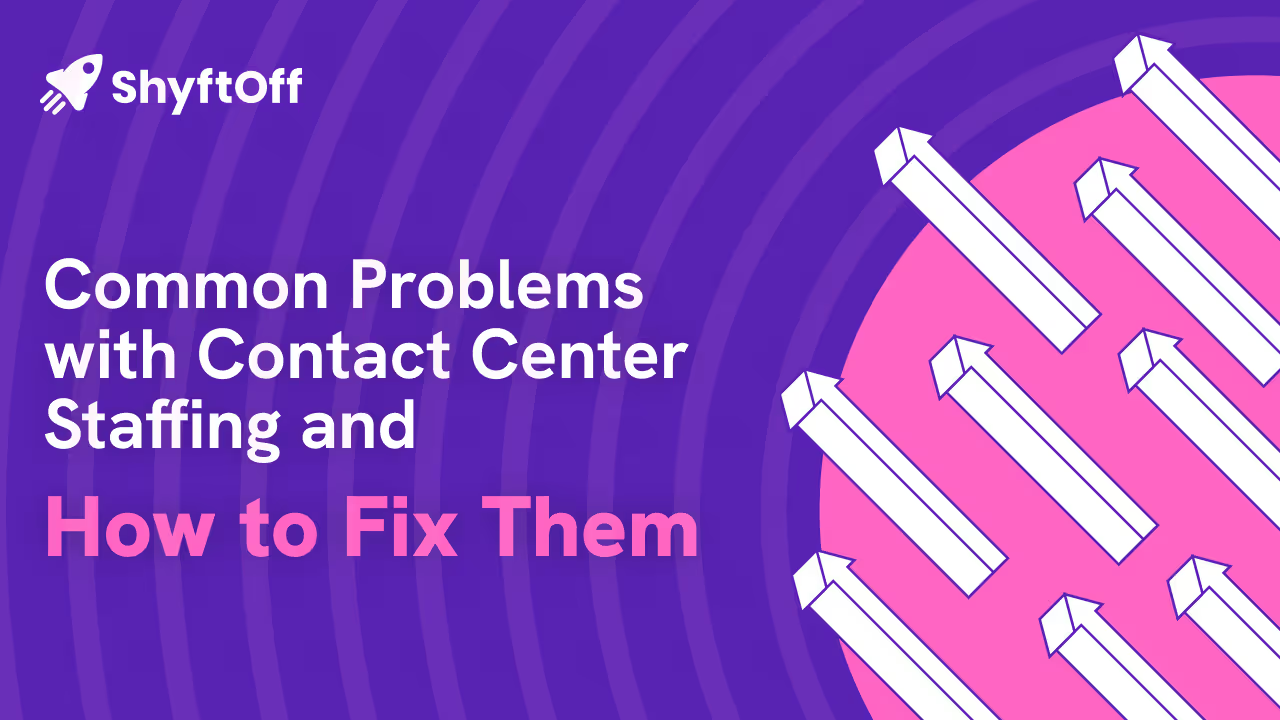

.avif)


.avif)

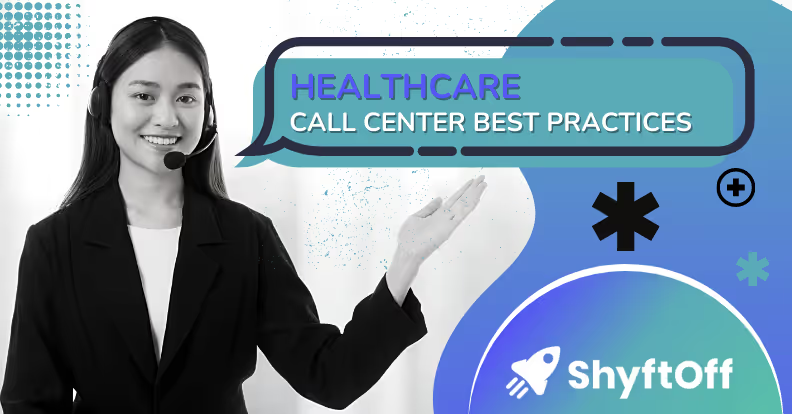


%2520(2).avif)



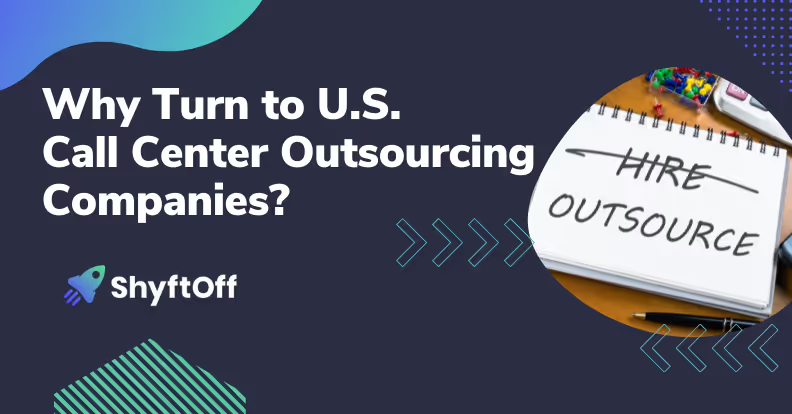




.avif)

